



Entering the cleaning equipment sector can yield significant profits, with some operators reporting annual earnings between £50,000 and £100,000. This figure largely hinges on factors such as service range, geographical area, and clientele.
Offering diverse services, from residential exterior cleaning to commercial fleet maintenance, enhances revenue opportunities. It’s prudent to target both homeowners and local businesses, as this dual approach often leads to a steady stream of projects.
Investing in quality machinery is pivotal; reliable and efficient models contribute to customer satisfaction and repeat business. Additionally, effective marketing strategies–such as utilising social media and local advertising–can elevate visibility, attracting a broader customer base than competitors.
Expense management plays a critical role as well. Understanding operational costs, including fuel, maintenance, and advertising, allows for precise pricing and maximises profit margins. Regular analysis of pricing structures and service offerings will further contribute to long-term success.
Initial Investment Costs for Starting a Pressure Cleaning Operation
Investing in a cleaning venture requires a clear understanding of your initial expenditures. Expect to allocate approximately £15,000 to £30,000 for essential equipment and setup. This budget covers several key elements.
Equipment Expenses
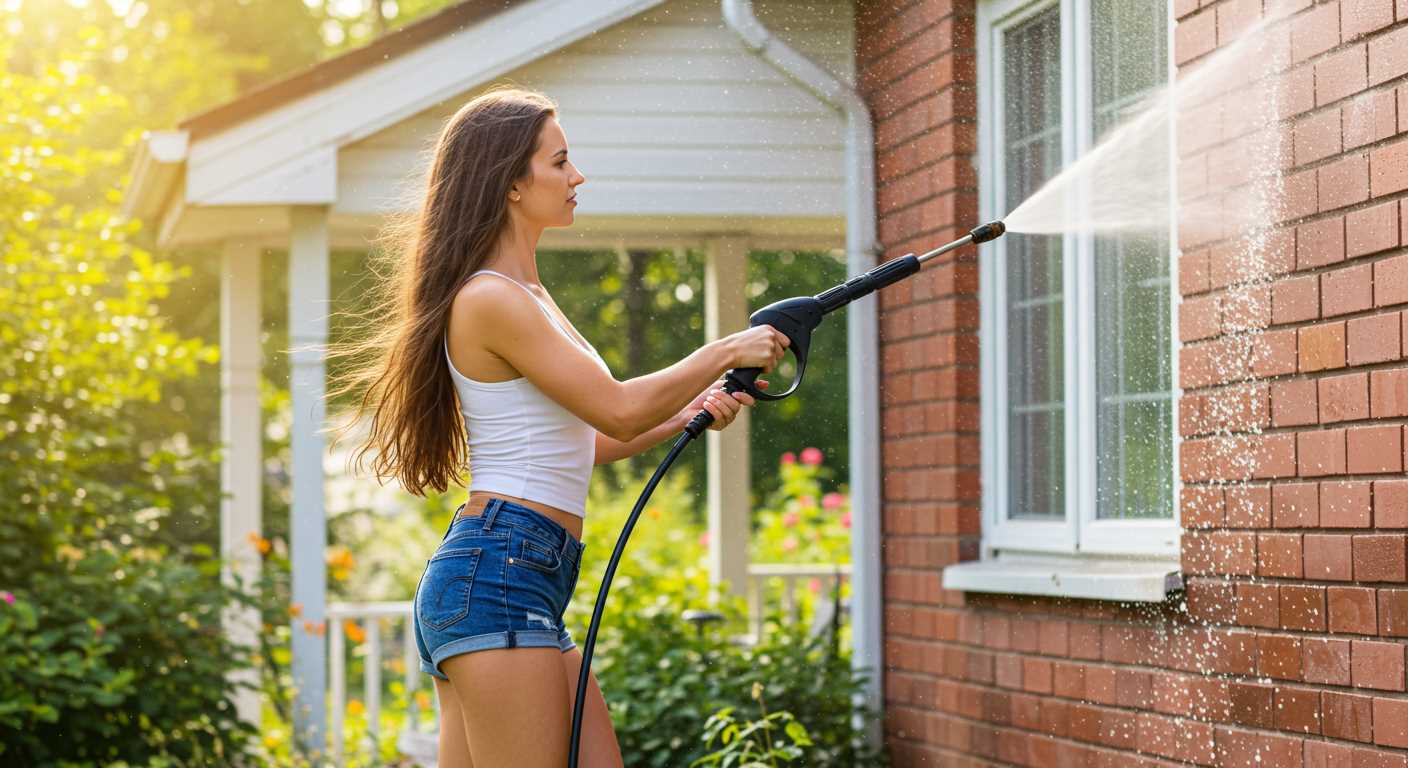
A commercial-grade machine is a priority. Prices range from £2,500 to £8,000 based on power and features. Additionally, hoses, nozzles, and surface cleaners contribute £500 to £1,500 to your costs. Don’t overlook safety gear such as gloves and goggles, which might add another £200 to £400.
Vehicle and Marketing Costs
A reliable transportation option is crucial for operations. A used van might set you back £5,000 to £10,000, depending on condition and mileage. Marketing your services is also vital, with initial expenses ranging from £1,000 to £3,000 for creating a website, flyers, and local advertising. This investment is essential to attract clients and establish a local presence.
In summary, be prepared with a budget that covers equipment, transportation, and marketing to effectively launch your cleaning service.
Average Annual Revenue of Pressure Washing Companies
In my experience, annual earnings for enterprises in the cleaning sector typically range from £40,000 to £100,000. This range can shift based on factors like geographic area, service offerings, and operational efficiency. For instance, establishments focused on residential services usually report incomes between £40,000 and £60,000, while those servicing commercial clients can see figures up to £100,000 or more.
Key metrics reveal that successful operators often handle between 10 and 20 jobs per week, charging anywhere from £50 to £300 per task. Regularity and customer retention play pivotal roles in sustaining revenue streams. Establishing regular contracts with commercial clients–such as office buildings or retail spaces–profoundly influences profitability.
Daily operations should ensure a steady flow of clients. Maintaining high-quality service and positive customer relationships is vital for repeat business and word-of-mouth referrals. Additionally, diversifying services, such as offering soft washing or gutter cleaning, can help tap into new markets and boost income.
Networking with property management companies or real estate agents enhances visibility and can lead to substantial contracts, further augmenting revenue. Moreover, focusing on digital marketing strategies such as local SEO can increase client engagement and drive inquiries, significantly impacting annual totals.
Factors Influencing Profit Margins in Pressure Washing
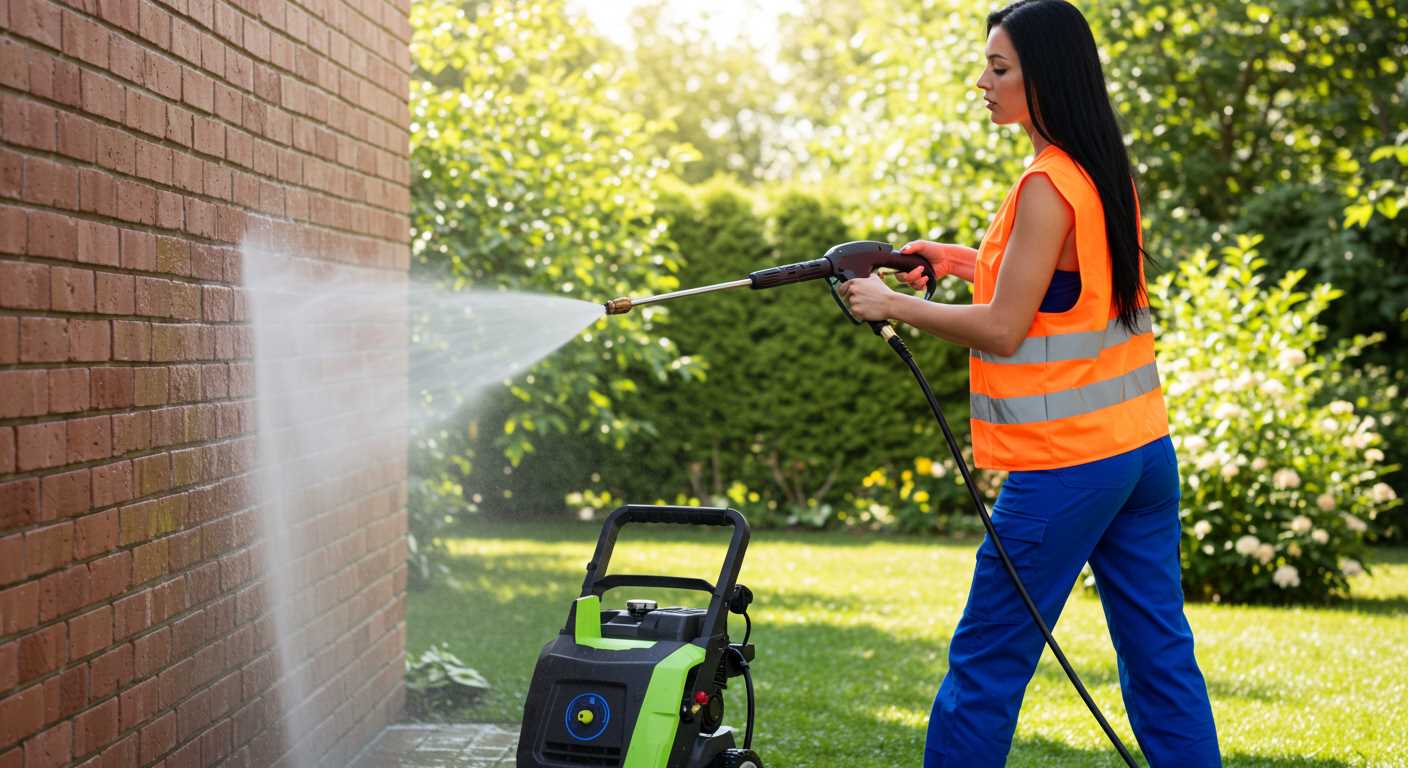
The pricing structure established for services is fundamental. Charge rates typically fluctuate based on location, service type, and competition. Urban areas generally demand higher fees due to increased operational costs and demand. Tailoring service packages to include add-ons like deck sealing or car washing can enhance profitability.
Equipment investment holds significant weight. High-quality units can improve efficiency and reduce maintenance costs over time. Opting for professional review-based brands often translates to fewer breakdowns, leading to less downtime. Regular maintenance of machinery is equally vital; it prevents costly repairs and ensures smooth operation.
Staffing decisions impact operational costs. Hiring skilled and trained personnel may require a higher wage but improves service quality, leading to repeat clientele. Providing ongoing training ensures staff remain effective and knowledgeable about the latest cleaning techniques and eco-friendly practices which can attract environmentally conscious customers.
Marketing strategies are critical for visibility. Investing in local advertising and maintaining a strong online presence through social media and positive customer reviews can drive business growth. Encouraging satisfied customers to share their experiences can yield new leads without substantial additional cost.
Seasonality plays a role in overall earnings. Demand may fluctuate seasonally, with peak seasons likely resulting in increased revenue. Anticipating these trends allows for better resource allocation and avoids overstaffing during quieter periods. Offering seasonal promotions can also stimulate interest during slower times.
Finally, client retention strategies enhance long-term yield. Building relationships fosters loyalty, leading to repeat engagements and referrals. Consider introducing loyalty programs or subscription packages to encourage consistent use of services, thereby stabilising income streams throughout the year.
Pricing Strategies for Pressure Washing Services
Set pricing based on a thorough understanding of the market and services offered. Start by researching local competitors’ rates. Aim for a balance that ensures profitability while remaining competitive.
Here are some effective strategies to consider when determining your fees:
- Flat Rates: Offer fixed prices for standard services, such as driveways or patio cleanings. This method simplifies quoting for customers and allows for easy comparisons.
- Per Square Foot: Charge based on the area being cleaned. This approach can be particularly advantageous for larger jobs, ensuring clients are billed fairly regardless of the project size.
- Hourly Rates: For more complex cleaning tasks, consider an hourly fee structure. This method is beneficial when scope may change, enabling clients to adjust expectations while keeping transparent pricing.
- Package Deals: Create bundled services at a slight discount. For instance, combine driveway and patio cleaning, encouraging clients to book multiple services at once.
- Seasonal Pricing: Adjust rates based on demand during peak seasons or holidays. Offering promotional rates during the off-peak period can attract new clientele.
Don’t neglect to factor in overhead costs, including equipment maintenance, fuel, and insurance, into your pricing strategy. Regularly review and adjust rates to ensure alignment with operational expenses and market dynamics.
Communicating value effectively is crucial. Highlight the benefits of your services, such as eco-friendly cleaning solutions or advanced techniques that achieve superior results. Client testimonials and before-and-after photos can enhance perceived value, justifying premium pricing.
Lastly, always remain flexible. Be open to negotiations with returning customers or large-scale projects. Building long-term relationships can lead to repeat clientele and referrals, amplifying revenue streams in the long run.
Seasonality and Its Impact on Earnings in Pressure Washing
The revenue potential in this cleaning service sector greatly fluctuates with the seasons. I’ve observed that over 50% of earnings often occur during the warmer months, specifically from late spring to early autumn. Operators should anticipate a significant drop in demand during colder periods, resulting in decreased earnings.
Monthly Revenue Breakdown
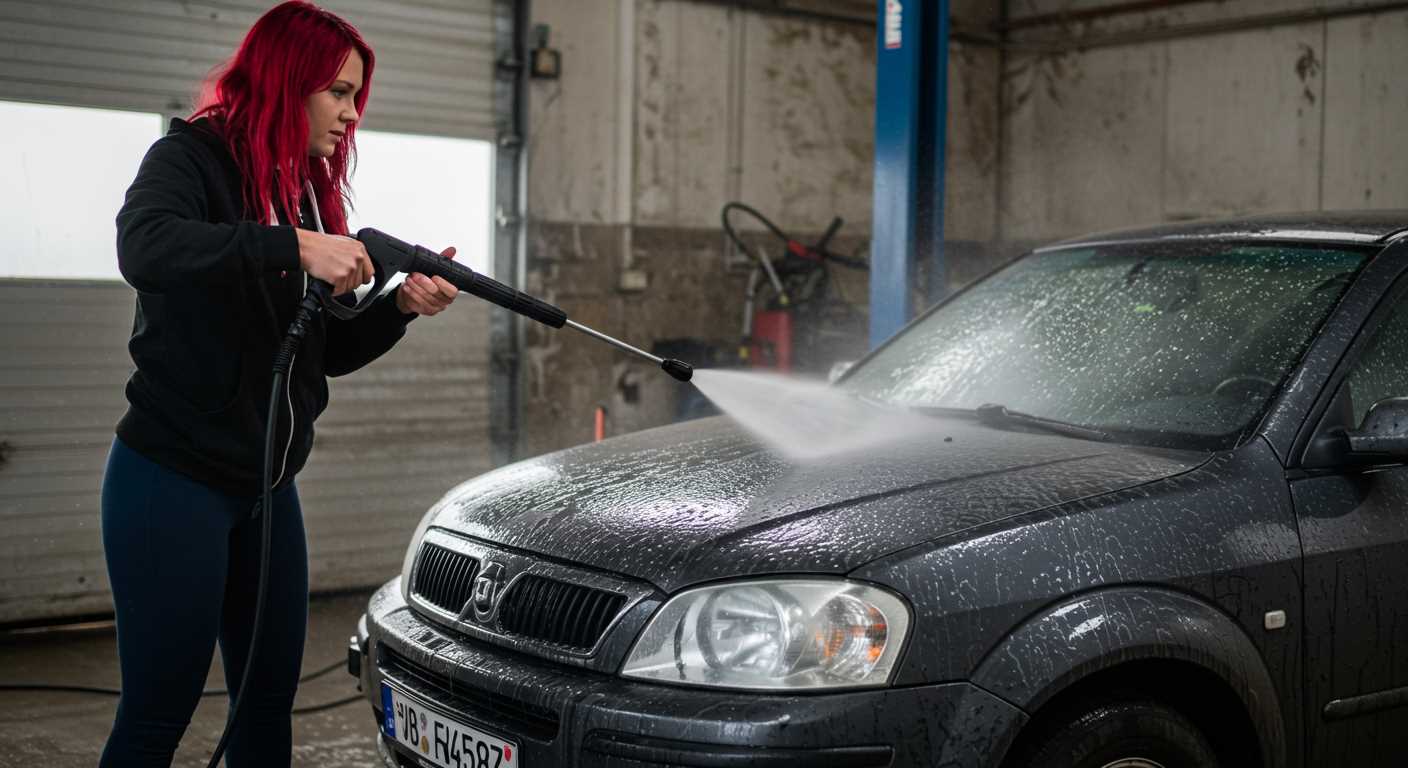
| Month | Estimated Revenue (£) |
|---|---|
| January | 500 |
| February | 600 |
| March | 900 |
| April | 1,500 |
| May | 2,500 |
| June | 3,000 |
| July | 3,200 |
| August | 3,000 |
| September | 2,000 |
| October | 1,000 |
| November | 600 |
| December | 400 |
Investing in marketing strategies targeted at homeowners could significantly enhance earnings during the peak months. Utilising social media and local advertising can capture attention, particularly for those seeking to refresh exteriors ahead of summer gatherings.
Strategies to Mitigate Seasonal Decline
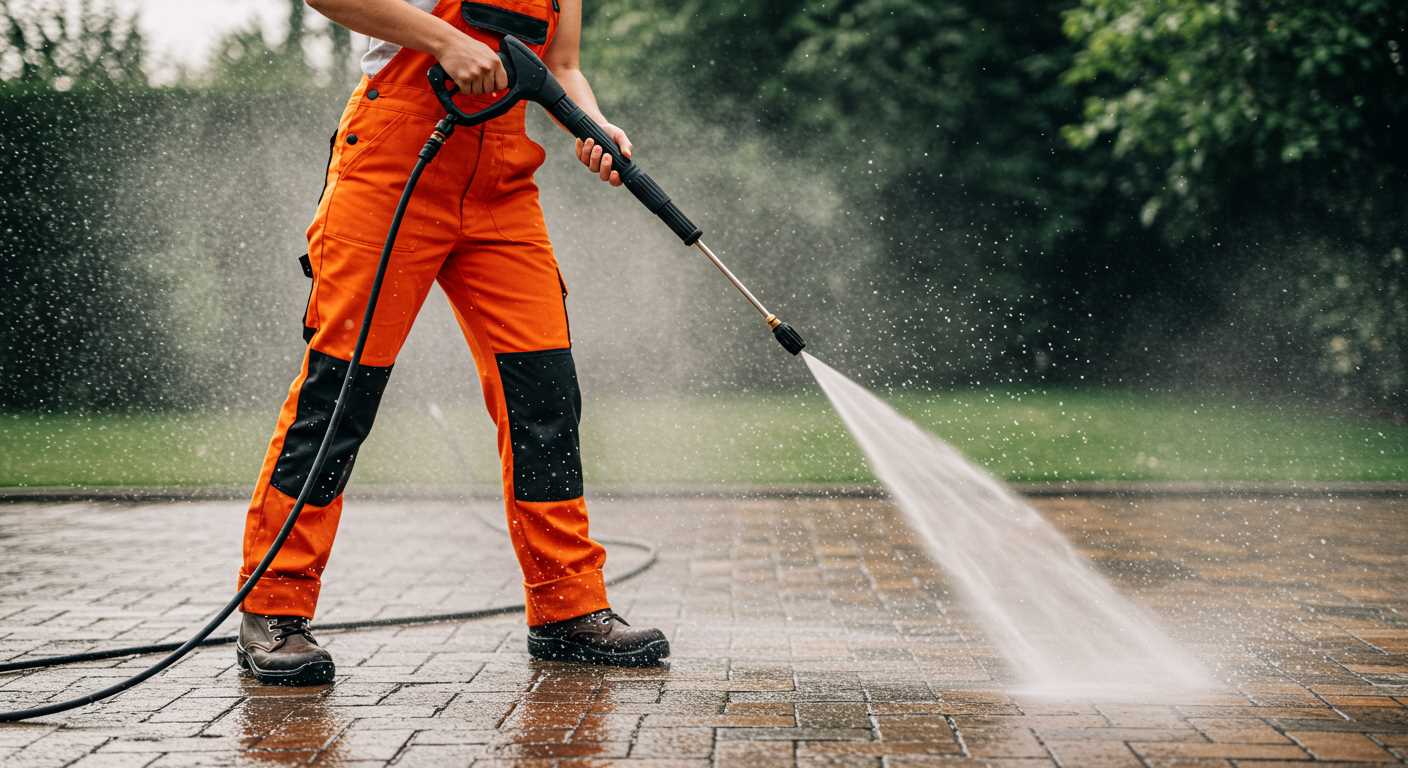
Offering winter-related services, such as snow removal or gutter cleaning, can help maintain income flow when demand for deep exterior cleaning diminishes. This diversification not only sustains cash flow but also establishes a year-round presence in the market.
In summary, recognising seasonal trends and preparing accordingly can enhance profitability in this sector. Planning for seasons effectively secures a steady income all year round.
Cost Management Techniques for Pressure Washing Ventures
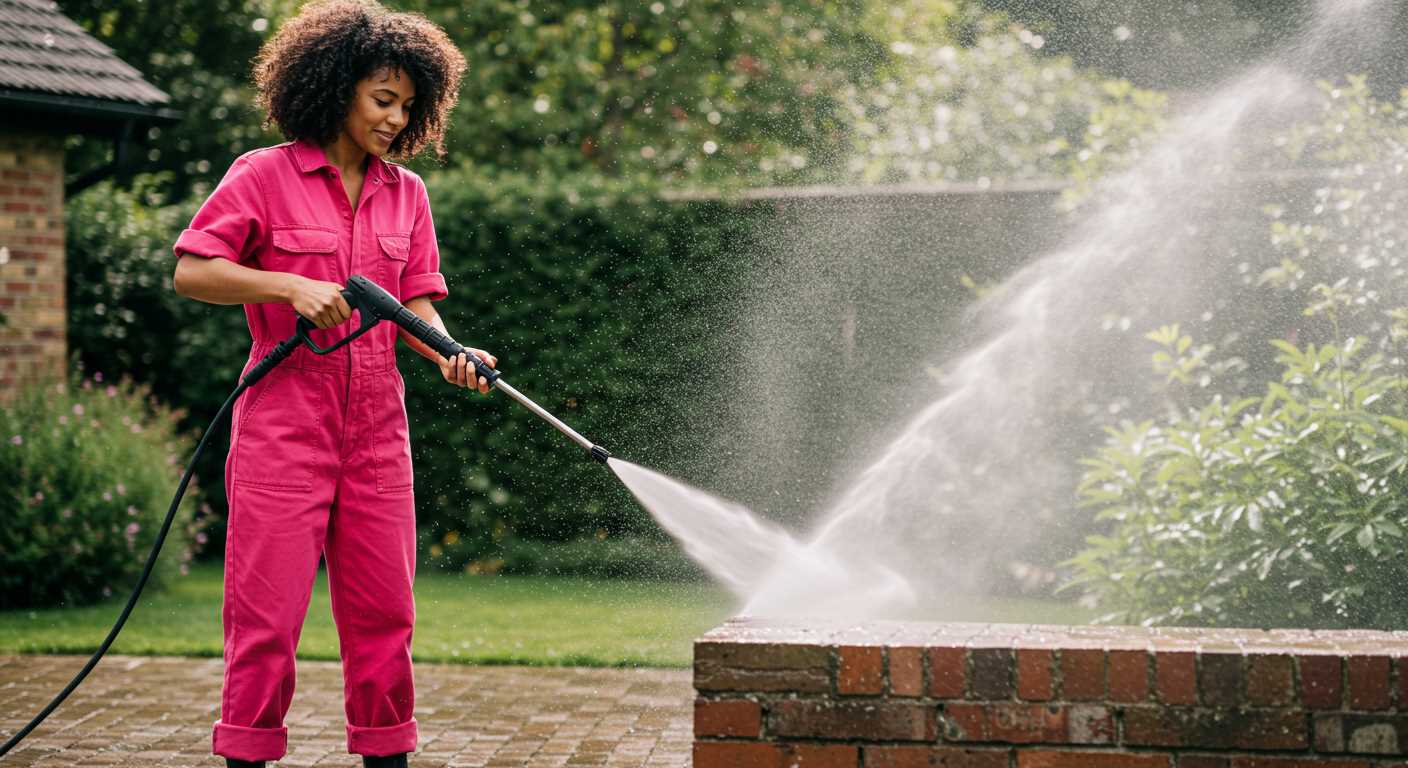
Implementing robust cost management strategies is essential for optimising profits within a cleaning enterprise. Here are several techniques that have proven efficacious:
- Budgeting: Develop a comprehensive budget that includes all operational costs. Regularly review this budget to identify areas of overspending and adjust accordingly.
- Equipment Maintenance: Schedule routine maintenance for all cleaning apparatus. This prolongs lifespan and reduces the likelihood of costly repairs. Invest in quality products initially to minimise future expenses.
- Bulk Purchasing: Buy cleaning solutions, tools, and accessories in bulk. This can considerably lower per-unit costs, enhancing overall profitability.
- Efficient Scheduling: Organise jobs in close geographical proximity to maximise travel efficiency. This reduces fuel costs and employee hours spent commuting.
- Variable Pricing: Consider adjusting service rates based on demand fluctuations. During peak seasons, a slight increase can maximise revenue, while competitive pricing may attract clients during slower months.
- Outsourcing: Delegate non-core tasks such as marketing or bookkeeping. This allows the core team to concentrate on service delivery while controlling labour costs.
- Employee Training: Invest in initial and ongoing training to improve worker efficiency. Well-trained staff can complete tasks more quickly and effectively, reducing overhead costs.
- Monitoring Expenses: Use software tools to track costs in real time. Regular reviews of expenditures help identify unnecessary spending and facilitate proactive adjustments.
Employing these cost management methods can significantly enhance financial health. By focusing on efficiencies and strategic spending, one can position their cleaning operation for sustained success.
Marketing Approaches to Increase Customer Base and Revenue
Utilising social media platforms effectively can significantly enhance visibility and attract local customers. Create visually appealing posts showcasing previous projects, offering promotions and engaging content. Focus on platforms like Instagram and Facebook, where visual marketing thrives.
Implement search engine optimisation (SEO) strategies to elevate your website in search results relevant to cleaning services. Target local keywords to draw in clientele searching for nearby providers. This includes optimizing Google My Business listings to improve your local search rankings.
Network within your community by collaborating with local businesses, such as landscaping or home improvement companies. This not only enhances credibility but also opens up referral opportunities that can boost client acquisition.
Offer limited-time discounts to entice new clients. Promotional campaigns during peak seasons can stimulate immediate responses. These incentives draw in customers who may hesitate otherwise.
Encourage satisfied clients to leave positive reviews online. In the cleaning sector, word-of-mouth referrals remain powerful. Create an easy review process post-service to capture customer feedback while the experience is fresh.
Invest in targeted online advertising. Platforms such as Google Ads enable local ads that reach potential buyers actively seeking cleaning services. Craft concise ad copy that highlights special promotions or unique selling points.
Develop informative content like blogs or videos that provide cleaning tips or explain service processes. Not only does this position you as an industry authority, but it can also drive organic traffic to your website.
Consider loyalty programmes to reward repeat customers. Offering discounts or perks for referrals can create a solid customer base over time, leading to increased revenue.
Finally, analyse the effectiveness of each marketing initiative. Use analytics tools to assess engagement, conversion rates, and return on investment. Adjust strategies based on solid data to continuously refine and improve promotional efforts.
Long-Term Financial Projections for a Pressure Washing Venture
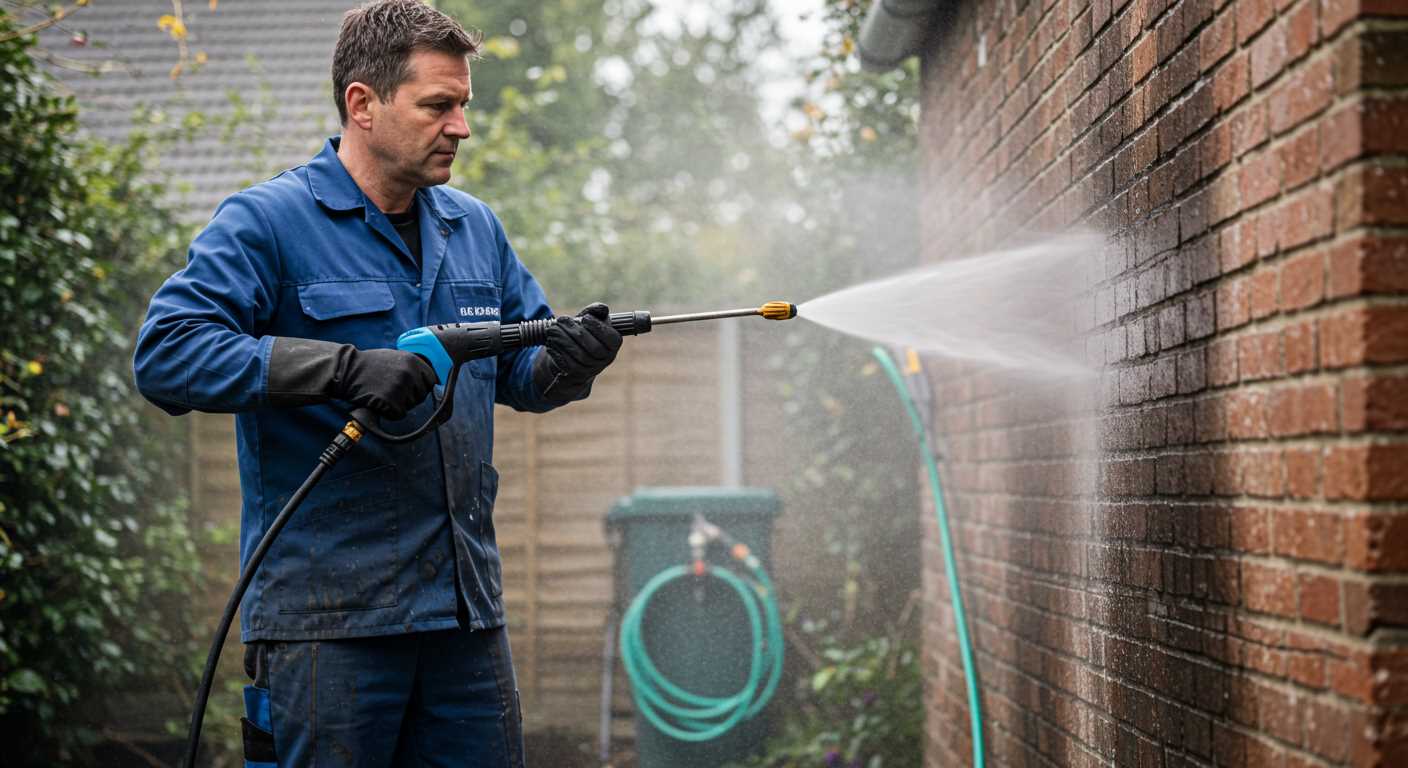
Establish a robust financial model forecasting the next three to five years. Start with realistic assumptions about revenue growth, estimating a 10-15% annual increase based on local market conditions and competition. Incorporate predictable seasonal variations–high demand in spring and summer, with potential downturns in autumn and winter.
Account for both fixed and variable costs. Fixed expenses include insurance, equipment maintenance, and salaries. Variable costs should encompass fuel, cleaning supplies, and any outsourced labour. Aim to keep the gross profit margin between 30% to 50%, adjusting your pricing and service offerings accordingly.
Plan for capital expenditures every few years to upgrade equipment as technology advances or to expand the service range. This might include investing in eco-friendly cleaning solutions or additional machinery that boosts productivity. Regularly reviewing and adjusting your pricing strategies based on these investments can ensure sustainability.
Utilise software for bookkeeping and financial tracking to analyse your cash flow effectively. Create contingency plans for unexpected downturns by maintaining an emergency fund equivalent to three to six months of operational costs.
Engage with industry benchmarks to validate your projections, ensuring your targets remain achievable yet ambitious. This approach will not only clarify your path to profitability but also instil confidence in potential investors.
FAQ:
How much can I earn running a pressure washer business?
The income from a pressure washer business can vary greatly depending on factors like location, client base, and services offered. On average, small to mid-sized businesses can make between £30,000 and £70,000 annually. Those who expand their operations or target commercial contracts might see earnings over £100,000 per year. However, every business has unique circumstances that will impact its financial outcomes.
What are the ongoing costs for operating a pressure washing company?
Operating a pressure washing business involves several ongoing costs. Key expenses include equipment maintenance, fuel for the pressure washer, cleaning agents, insurance, and marketing. Depending on the scale of the business, annual costs can range from a few thousand pounds for small operations to tens of thousands for larger businesses that require advanced equipment and a dedicated marketing strategy. It’s crucial to factor these expenses into your pricing model to ensure profitability.
What types of services can I offer to maximise profits in a pressure washing business?
To maximise profits, you can offer a range of services such as residential pressure washing, commercial contract cleaning, and specialised services like graffiti removal or deck restoration. Additionally, upselling related services like sealant application for driveways or patios can further boost income. Expanding your service offerings can attract diverse clients and increase overall revenue.
Is it worth investing in high-end pressure washing equipment for my business?
Investing in high-end pressure washing equipment can be beneficial, especially for those planning to serve commercial clients or handle larger projects. Quality equipment often leads to better performance and efficiency, allowing you to complete jobs faster and with higher quality. While the initial costs may be significant, the potential for increased client satisfaction and repeat business can offset these expenses in the long run.









